Notes
LA Times Deifies, Mythologizes Fallen Troops. What Friendly Fire?
Last week was Veterans Day. To commemorate the occasion, a group of Marines, veterans, and widows carried a 13-foot wooden cross to the summit of a hill at Marine Corps Base Camp Pendleton, California. The cross replaced one erected eight years earlier by Marines with the 2nd Battalion, 1st Marine Regiment before the unit deployed to Iraq. In the interim, a brushfire had destroyed the first cross, and three of the original seven Marines who carried it, Lance Cpl. Robert Paul Zurheide, Maj. Raymond Mendoza and Capt. Douglas Zembiec had died in Iraq.
For nearly a week the front page of the Los Angeles Times website has displayed images of the memorial. The photos, taken by Pulitzer Prize winning staff photographer Rick Loomis, accompany an article, “Marines erect cross on Veterans Day to honor fallen comrades,” written by the Times’ San Diego Bureau Chief Tony Perry. Both experienced journalists covered this battalion extensively while participating in the embedded press system in Iraq in 2004.
In one frame of the online slide show at the LAT Framework photo blog, Loomis depicts Elena Zurheide kneeling over a wooden cross that is draped with a folded American flag as an unidentified female looks on. It is a somber moment. The caption notes that her husband “was killed in Iraq while she was pregnant with her son Robbie, who is now seven.” The text of the article notes simply that “Zurheide was killed in Fallujah.”
More precisely, Elena’s husband, Lance Cpl. Zurheide, was killed in early 2004, when a mortar shell launched by fellow Marines landed in the middle of several Marines seeking cover during a firefight. Although the death was initially accounted for by hostile fire, more than two years after his death, the Marine Corps officially acknowledged that it was actually friendly fire that claimed Zurheide’s life.
During a phone interview, Perry discussed the 2004 incident and his decision-making process behind the article. “It was a short round… a friendly fire incident, but it wasn’t really relevant to the story.”
Without listing specific details about each soldier, the limited context notes that “Mendoza was killed in 2005 while leading Marines into combat near the Syrian border [and] Zembiec was killed in 2007 while leading a raid on insurgents in Baghdad.” Reiterative use of the verb ‘lead’ and the nouns ‘raid’ and ‘combat’ frames these deaths rhetorically. In conjunction with the visual symbolism embodied by the images – Christ-like comparisons to the scene at Golgotha evoke concepts of suffering, self-sacrifice, and ultimate redemption – the context that these Marines died as leaders in combat maintains the accepted mythology of ‘the way Americans die.’
While Perry was certainly constrained by space and scope, the absence of any context regarding Zurheide’s death is a significant omission that reduces the complexity and accuracy of the entire visual narrative. According to Perry, “all [the Marines] died in combat. That was the salient point. It wasn’t a concerted effort to avoid the friendly fire issue. It’s an important topic, but it doesn’t need to be dealt with every time it’s tangential to a story.”
Nonetheless the process of interpretation relies on a complete framework for accuracy. For example, when Associated Press photographer Joe Rosenthal was lambasted for ‘staging’ the iconic image at Iwo Jima on February 23, 1945, it was not because the photo was posed or manipulated. Instead, Rosenthal’s crime was a failure to provide a balanced perspective of earlier events: notably, that it was not the first flag-raising that day.
It is true that Lance Cpl. Zurheide, Maj. Mendoza and Capt. Zembiec were killed during combat operations. Then again, it is also true that fellow Marines launched a mortar that killed Lance Cpl. Zurheide. The exclusion of this difficult issue while constructing a heroic reporting of war deaths is unfortunate (especially the way Mr. Loomis’ composition so powerfully evokes Iwo Jima): fratricide does not diminish the level of service or sacrifice by soldiers who pay the ultimate price.
Note — Robert Zurheide practically hidden from sight, third from right. LAT Caption: The original cross was brought to the top in 2003 by, from left to right, Doug Zembiec, Jason Duty, Ray Mendoza, Scott Radetski, Robert Zurheide, Cpl. Dobberten (no first name available ) and Shannon Book. Zembiec, Zurheide and Mendoza were all killed in action and the replacement cross was dedicated in their honor.
Furthermore, the omission of context here reveals not only the influence of ideology in how we do or don’t represent such losses, but also how reductionist reporting damages our cultural understanding of war deaths over time. According to Perry, “Journalism is the first draft of history.” Yet, when improperly placed in a historical framework, a partial account of combat-related deaths fosters an amputated discussion of war. With full disclosure, these memorial expressions can do what we really need from them, which is to kindle deeper connections and reflections, and more fiercely engage the hard truth.
— Brandon Thomas
Brandon Thomas is the Editor-in-Chief of the Conflict Images Journal and a graduate student with the Department of International Relations at San Francisco State University. An alumnus of the University of California, Santa Barbara, he recently returned from a US State Department Critical Language Scholarship in Turkey. His research focuses on the role of media in foreign policy.
(photos: Rick Loomis/LA Times; Joe Rosenthal/AP)
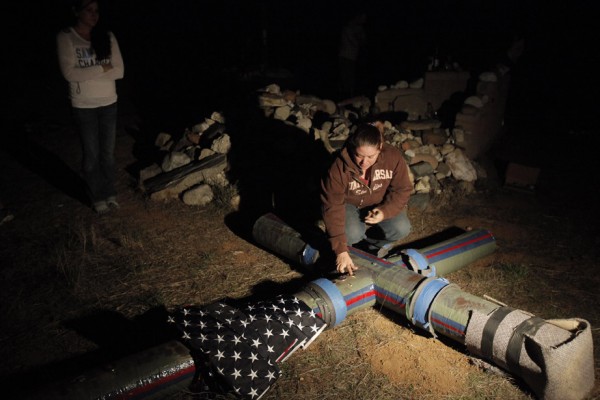
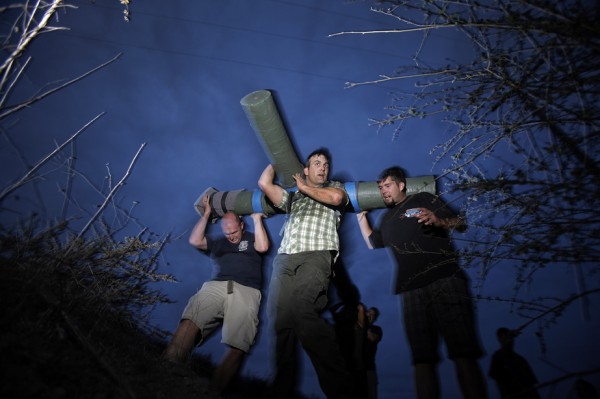
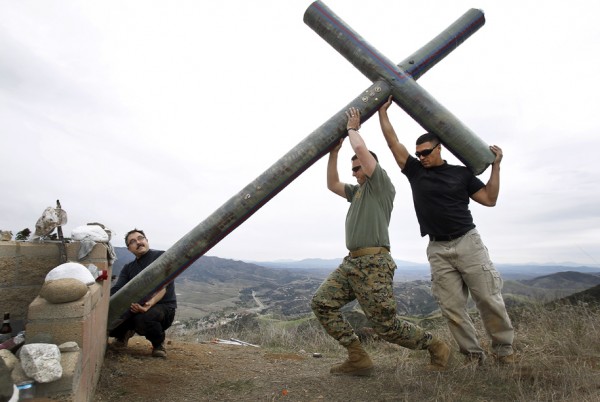
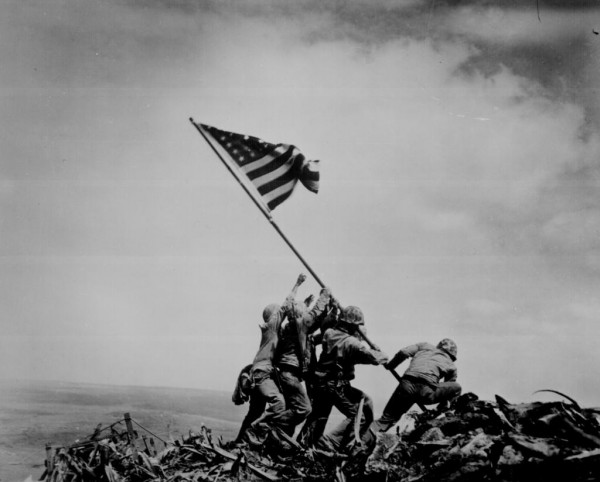
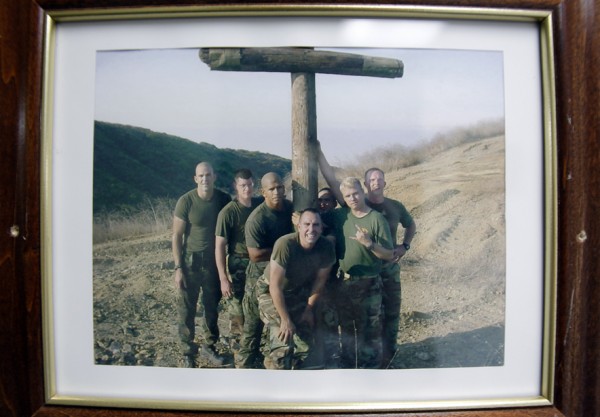

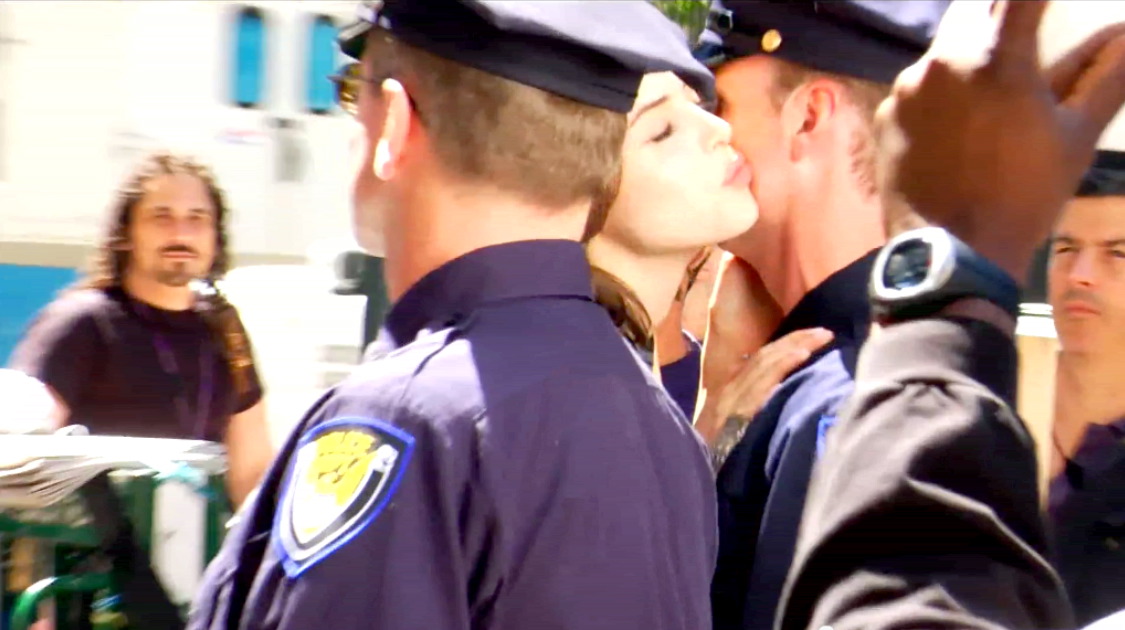
Reactions
Comments Powered by Disqus